A new goliath
Sling Aircraft has officially arrived
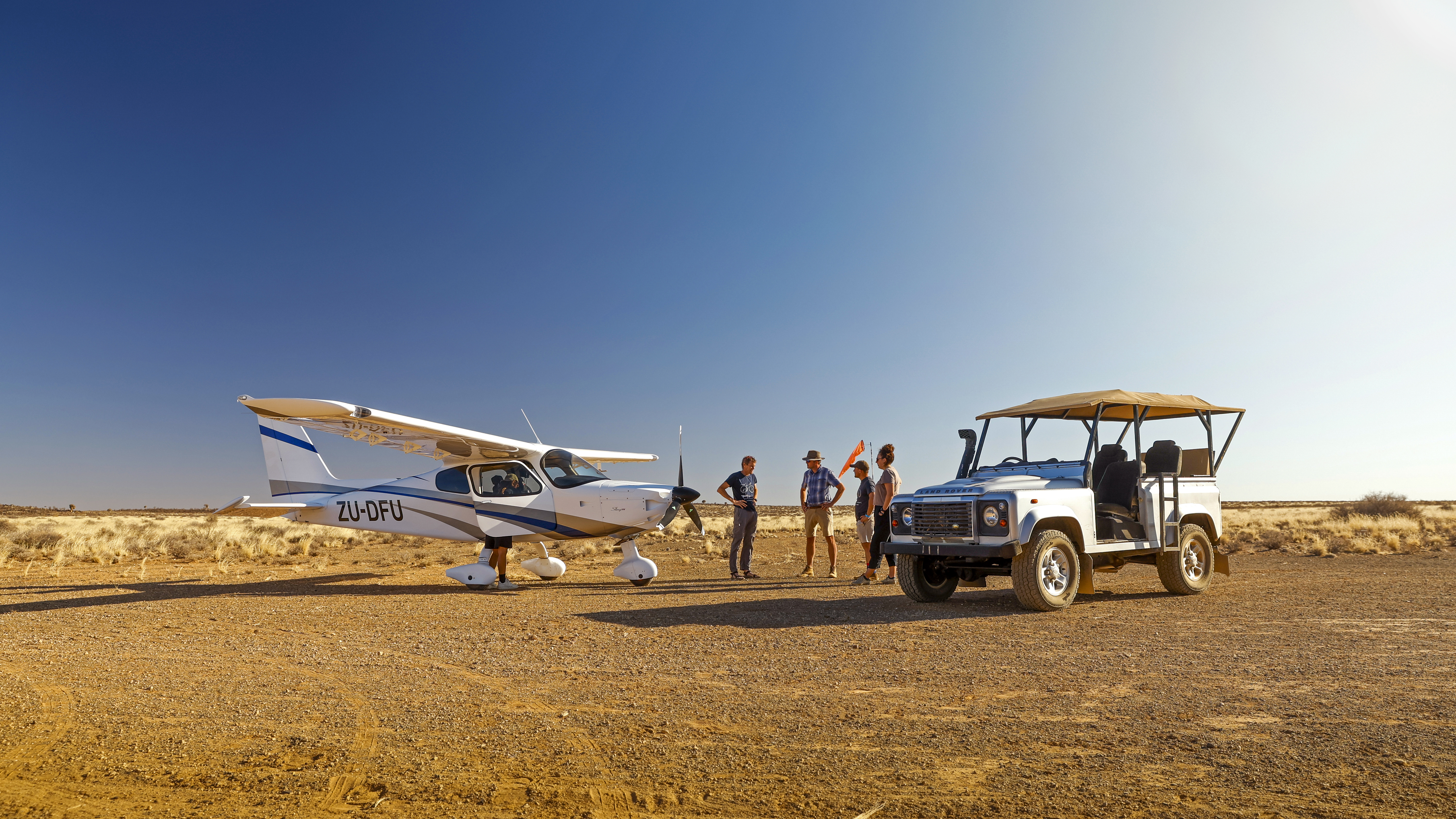
Sling Aircraft is known as much for its endurance flights and round the world adventures as it is for the Sling 2 and U.S. distributor Sling Pilot Academy, the four-seater TSi and most recently the High Wing. But with all its recent growth, Sling Aircraft is well on its way to transmuting into the goliath of kit and general aviation.
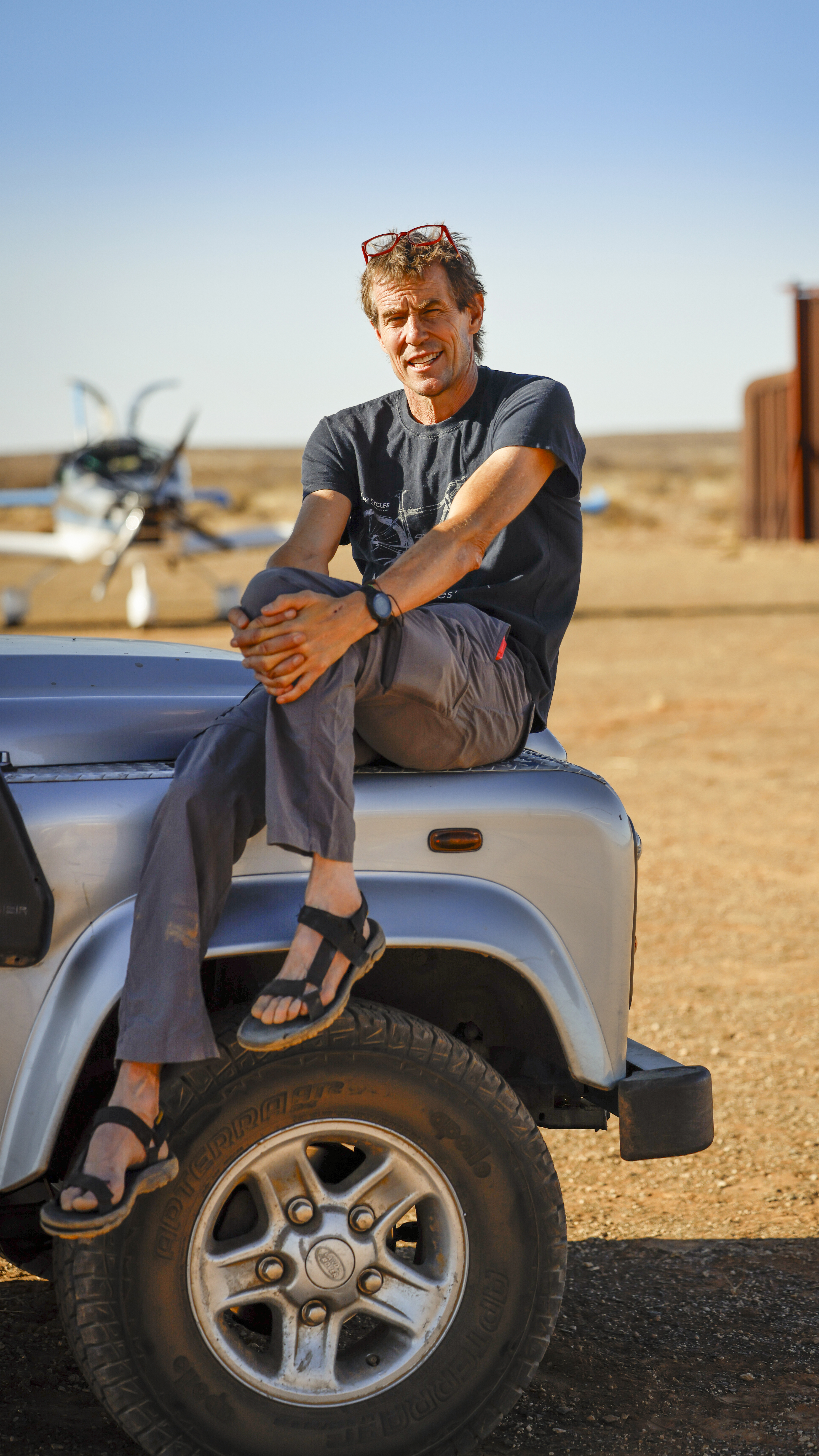
Home base
It’s a busy day amid an intense summer heatwave at Sling Aircraft’s home at Tedderfield Airpark (FATA) in South Johannesburg, South Africa. Co-CEOs and brothers James and Andrew Pitman are showing us around the heart of Sling Aircraft’s offices and the hangars. This field is where final assembly and flight testing take place, and the last stop before shipping aircraft anywhere in the world.
Both men are more than six feet tall and with the functional wiry strength of habitual active living the Pitman brothers make a powerful and balanced team. The third co-CEO and original founder and aircraft designer who James calls the “real entrepreneur behind Sling,” Mike Blyth, is still involved with the company, although less so since he moved to Cape Town with his wife, Sue, two years ago. Avid rock climbers, motorcyclists, overlanders, kayakers, and general real-life adventurers, the brothers seem like the type of people to whom Type 2 or 3 fun is the only kind worth having. This adventurous spirit is at the heart of everything Sling Aircraft does.
In October 2005, Blyth drew the earliest outline of an aircraft that he would love to fly. That became the Sling 2 (what we call the LSA here). The two-seat trainer is most prevalent in the market now.
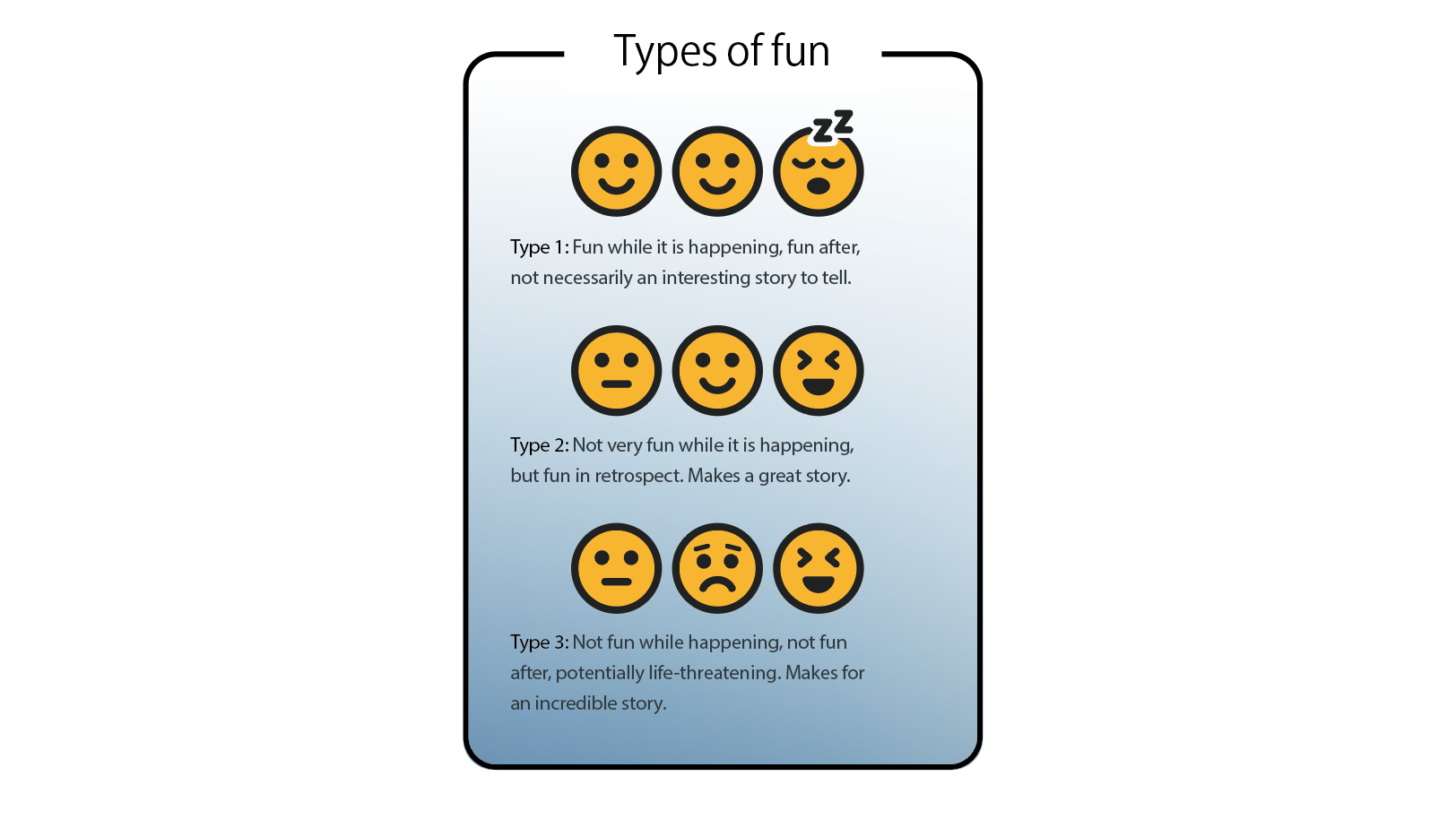
“And he’s a real optimist, Mike Blyth. He thought he’d have an airplane flying in 18 months, and that he’d be to the market in two years. And a point came in late 2006 when Mike was beginning to run out of money and a little bit needed an injection of enthusiasm and youth and so on,” says James. “And I had a kind of lucky financial break in late 2005, early 2006, where having been indigent most of my life, I kind of suddenly had a windfall.”
Until then, James’ aviation experience was limited to trike flying around Southern Africa, often for rock climbing with no fixed-wing experience, and certainly no aircraft development. But what Blyth and James lacked in experience, they made up for with determination, enthusiasm, and money.
“We had a lot to learn,” James says.
The first prototype flew in October 2008, and James and Blyth decided to fly the Sling 2 around the world with modified fuel tanks to market the capability and reliability of the aircraft.
“And the aeroplane just was so brave and courageous and performed so perfectly at this heavy weight that we realized we could develop a four-seater.”
Then came the Sling TSi, which let Sling Aircraft grow its market and reach new customers.
“And it’s performed so beautifully that it just became obvious that the next product had to be a high-wing aeroplane, the equivalent, but with the same engine and essentially the same airframe. And I think we’ve achieved that on essentially every count,” James says.
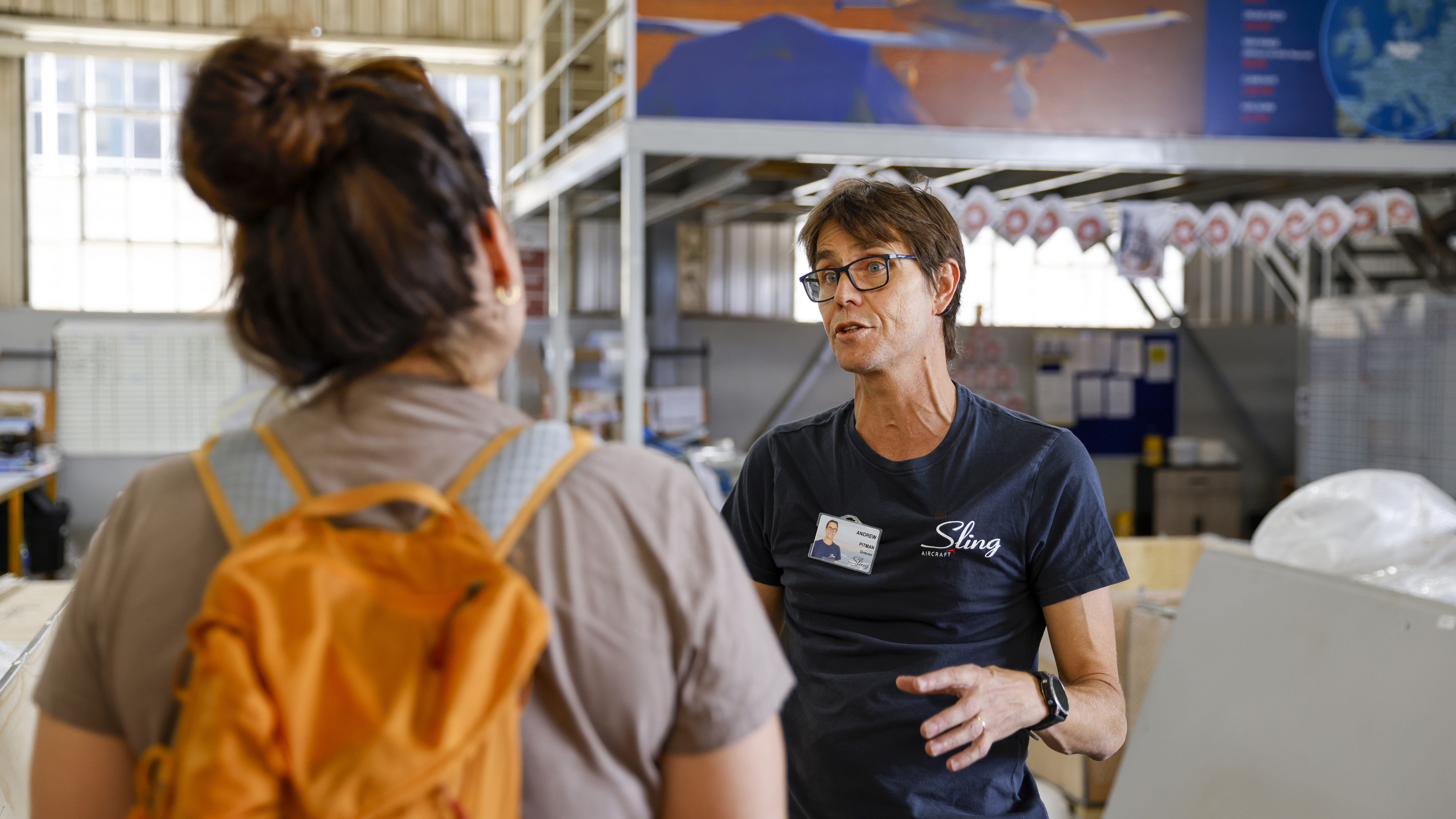


Intelligent compromises
“Every aircraft design is a compromise. It can’t go fast and carry a heavy weight and land short and be cheap and be easy to maintain. So, you need to make a series of intelligent compromises,” says James. Seemingly, the compromises they’ve made have created a winner that had hundreds of orders before one had even flown.
The Sling High Wing comes in both a nosewheel and tailwheel configuration and uses the Rotax 916 iS engine. Just as the Sling LSA/2 was shaped by Blyth’s desire for an aircraft to fit his needs of flying around Southern Africa, its birthplace shaped it as well. The High Wing doesn’t currently fly slow enough to win any STOL competitions and can be compared in performance more to a Cessna 182 than a 172, and the taildragger more to a Skywagon (although we only flew the nosewheel version for this report). It is a practical adventurer rather than a showboat, although the ramp appeal is high, and the tailwheel version in particular is hard not to covet on looks alone. With an avionics suite from Garmin, it’ll be at home in busy airspace or Idaho backcountry strips.

Tedderfield is at about 5,000 feet msl, and the Rotax 916 allows for excellent performance in the African heat and high-density altitude. The fuel endurance of nearly seven hours reflects the necessity to fly long distances in between services and is a useful characteristic no matter where in the world you fly. On one leg between the Karoo desert in the northwestern part of the country and Cape Town, about a 2.5-hour flight, you could count on one hand the number of airports with services. By the end of our time in South Africa, we will fly it more than six hours on one tank.
The dash and windows are noticeably bigger than your standard Cessna and the strutless design means you can see almost everything, which made it comfortable and also great for sightseeing and scanning for traffic. I tend to prefer high wings because I like the shade and the visibility, both of which were extra key in the South African heat and landscape.



Beyond performance, it is comfortable and ergonomic. Ingress and egress are accessible, making it an aircraft any pilot could age well with. The High Wing felt like the roomiest small airplane I’ve been in, with plenty of room to stretch out long legs and make the most of that endurance. AOPA Video Content Producer Brianna Cabassa noted (and demonstrated) that the backseat was comfortable enough for napping, with lots of leg room.
But the most powerful selling points is that it is fun and easy to fly. The responsive, light controls give it a sporty feel. The High Wing is easy to overcontrol by someone used to older control wheels (me) and test pilot Riaan Denner laughed good-naturedly from the right seat at a truly atrocious takeoff while reminding me the airplane could be flown with two fingers only. It handles turbulence well, as we learn flying in the afternoon heat over some hills to the north and can take a gusty crosswind with no sweat. At a heavier weight than the Sling 2 and with the more powerful engine, it is a more capable and robust aircraft that can handle the diversity of the South African landscape which morphs from tropical to desert to veld to mountains—a mirror of the U.S. in a more compact package.
The High Wing is also available to purchase in a uniquely hands-only flying configuration. This development came from James’ longtime friendship with Matt Cohen, who lost the use of his legs after a motorcycle accident. Matt and James flew the first Sling High Wing to Oshkosh together (along with the other first two high wings) in 2022. While no one has yet purchased this option, the fact it exists at all is an exceptional advance in accessibility of modern aircraft.
Right now, the High Wing is only available in the United States as a kit, and while most purchasers choose builder assist at Sling’s Torrance, California-based U.S. distributor, where one of the other original founders, Jean d’Assonville and fellow ex-South African Matt Liknaitzky lead, building in South Africa and flying or shipping it home is possible. And why not explore the airplane’s birthplace (after an in-person signoff from the FAA) before taking it to the States?
The kit-only status could change in the future, but there are no guarantees.
“MOSAIC is definitely something potentially exciting for us,” says Andrew. “And we are looking at our current models and looking at, in the future, developing them to fit into the MOSAIC category. And so it’s certainly something on our radar. But we’ve got lots to do in the meanwhile, lots of modifications to make to our existing models. And so we will keep looking at it.”
With about 30 high wings delivered and more than 200 more on order, plus continued production of Sling 2s and TSis, the question now will be if Sling can keep up with demand. Andrew takes us to the factories and warehouses Sling uses in South Johannesburg, about a 30-minute drive from the airfield. They’ve intentionally chosen locations where they can expand as needed, and less than two years into a bigger main warehouse, they’re looking into leasing neighboring space already. Branded motorbikes ferry parts between warehouses and airfield, and the buildings have a jovial spirit—perhaps partially because it is a Friday afternoon which means early dismissal, or that the boss is there, but there’s also an unfakeable mirth. Positions range from inventory and shipping to welding and careful leather work. For each section, employees of the month are highlighted on the walls in mostly smiling photos with descriptions of why they’ve earned their place. Small things, but cumulatively influential.

Tedderfield Airpark is a bubble of a place that could be dropped into almost any part of the United States and would be indistinguishable from the rest of the country. An airport is an airport anywhere in the world. But the warehouses offer a glimpse into Johannesburg life. A township, which is a government-recognized slum that often has water and power, is a short walk away from the airfield, and some Sling employees live there. Andrew tells us on the drive that townships essentially run themselves and have their own shops and culture. He also asks us our perception of safety in South Africa—I tell him I’ve heard it is risky, but how much worse can it be than Los Angeles? He says it is in fact probably much more dangerous than we think.
South Africa is still writing its new future in a post-apartheid world, and the young republic, like many young republics, has some growing pains. Corruption, unemployment, and the collective trauma of a country that was on the brink of civil war is the filter of daily life. Recent elections have brought about the first unity government since Nelson Mandela’s presidency and over the course of the time we spend there, several people mention that this is the best and most hopeful the country has felt since Mandela’s election in 1994. The country, they say, is healing.
South Africa has the world’s highest Gini coefficient, and unemployment is officially around 32 percent, unofficially around 42 percent. Andrew notes that because of this, one of the things he’s most proud of is how many people they employ. “We’ve created an environment where people love working and they love the product we make, and they are proud of what they do.” Working for Sling means food on the table, time off, funeral insurance (a cultural necessity in a land where funerals are of utmost importance), holiday parties, airplane rides, a few weeks off around the holidays, and, traditionally, a thirteenth check at the end of a good year. In other words, employment at Sling Aircraft changes lives.


Blood binds
In aviation, blood tends to bind or deeply divide. The Pitmans are happy to keep Sling a family business, and investors who aren’t blood are close family friends. The utility of the aircraft is thanks to the adventures Blyth and the Pitmans want to have with it. Their adventurous spirit and the fact that they are truly the end users of their product is what makes the airplanes so wonderful.
“It comes back to we are pilots,” says James, who says the roads in South Africa are generally in poor shape. “We use these airplanes and so they do what people need airplanes to do. You know, we throw our kids in, we get in and we go on holiday and people around the world see that.”
Flying to a dirt strip at a remote game lodge is as likely as using the airplane to visit the Pitman’s family farm in the KwaZulu-Natal across the Drakensburg range or to the beach in Durban. Andrew soloed years ago and noted that he needs to finish up his license soon since his young sons have started asking why Uncle James can fly them and he cannot (yet). James’ daughter is learning to fly in a Sling 2 as well.
Andrew says that working with his brother is one of the highlights of the job.
“For me, it’s absolutely fantastic. So, James has been a kind of key role in my life since the age of five when my father passed away. And he’s always been a combination between an older brother and a father. And he really taught me everything I know today, I feel. There’s a short, sordid time in my life which he didn’t teach me much about,” he says with a wry grin. “You can trust your brother more than you can trust anybody else. And so it works perfectly for me in a business.”
“We literally, you know, we’ve never had a fight or disagreement really. We’re waiting for the day,” Andrew says. “Although James and I are co-CEOs and Mike is engineering, big decisions we’ve always made, all three of us together, and generally come to the same answer at the end of a conversation.”

The future
Sling Aircraft has officially arrived, but it took some time to get here, especially when it wasn’t always clear if the rest of the world would be open to buying an airplane from a “developing country” says James.
“It took year after year at Oshkosh to see people coming through. And the same people coming through year after year saying, ‘Glad to see you’re still here. If you’re still here in a couple of years’ time, I’m going to get serious.’ And so, I feel like it did take some time to kind of penetrate those markets and build confidence around buying a product from an African country where you’ve got to pay a deposit up front and wait for the airplane to come to you. So, I feel like it took some time. But since the kind of initial small wave, the wave has just grown and grown and grown and it’s kind of becoming exponentially more known and accepted.”
“And you don’t fly three times around the world and twice more to Oshkosh by luck. You’ve got to know what you do. You’ve also got great aeroplanes and they work well.”
Andrew reminisces that a milestone he remembers from the early days was when they stole their first Van’s customer. He says they’ve recently started stealing Cirrus customers as well. As they morph into more of a force in the field, and continue to evolve from the kit market, they’re trying to hold on to their scrappy beginnings.
“I like to keep feeling like a David because it gives you energy and, you know, it kind of makes you determined. But we, you know, we build little airplanes. It’s the humble end of the kind of aviation market.”
“And I think what makes me most proud is that we’ve got a business that’s producing a really globally competitive market leading product here in the south of Johannesburg, employing 485 people, and people, you know, are flying these airplanes all over the world. And it’s just wonderful,” says James. “And I feel very proud that we’ve managed to do that in South Africa.” 
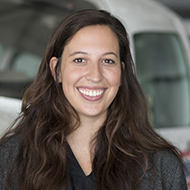
 slingaircraft.com
slingaircraft.com

